Originally published in the Santa Barbara Independent
Story by Matt Kettmann
Photos by Daniel Dreifuss
For a spiny creature that was quite alien to most California seafood lovers just a few years ago, the orange-fleshed gonads of urchin were being slurped at superspeed outside of the Sea Stephanie Fish booth on a sunny Saturday morning in October 2019. As thousands meandered around the docks, tasting through the Santa Barbara Harbor Festival, we could barely keep up with the fierce carapace cracking and delicate extraction of the soft, slippery meat to satisfy the wide demographic of uni fanatics.
Sea Stephanie Fish is the commercial fishing company owned by Harry Liquornik and Stephanie Mutz, the celebrated Santa Barbara urchin diver and global uni ambassador. I’ve known Mutz for years, and she’d invited my then-9-year-old son to shuck uni at that year’s fest, qualifying as his first paid gig ever. Given the apparent need for extra hands, I joined in as well, volunteering my amateur urchin-unleashing services to keep up with the constant demand. (It’s not difficult work, but prepare for a couple of days of red-stained hands.)
As far as I knew, the only items on the menu were the red urchins that thrive on the rocky edges of the Santa Barbara Channel, considered the best source for uni on the planet. But every so often, someone would sneak up toward the front of the line and inquire in hushed tones whether there were any purple urchins left. The “hotchis” had already sold out, Mutz would reply to their frowns, speaking in some secret seafood code.
I’m pretty good about staying on top of culinary curiosities, especially in my own backyard, but I’d never heard of hotchis, and didn’t know that California’s purple urchins could be eaten like the reds. As Mutz quickly educated me in her matter-of-fact manner, this smaller urchin species — only about two inches wide compared to the reds’ five-inch breadth — had only recently become an available uni option. And that was all due to a groundbreaking commercial-fishing-meets-aquaculture partnership that she and Liquornik launched with Doug Bush of The Cultured Abalone, an onshore shellfish farm on the Gaviota Coast.
Unlike most commercially caught seafood, which goes straight from the boat to the market, Mutz and Liquornik were harvesting purple urchins and delivering them to Bush to fatten in the same tanks — and on the same fresh seaweed — that he feeds his abalone. It wasn’t the first time someone thought about fattening purples or any of the other common urchin species around the world, whose smaller frames lack the consistently plump gonads as the reds. But as far as anyone can tell, this is the first time that the idea is actually creating a viable market — even through the pandemic, the supply can’t quite keep up with the demand.
If the project continues to prosper, the benefits are bountiful. For uni lovers, the purples, once properly fattened, are considered even sweeter and creamier than the reds.
For the traditionally competitive commercial fishing and aquaculture industries — where creative partnerships could be fighting food insecurity and ecological imbalance in the face of overpopulation and climate change — it’s a strong symbol of hope. “This idea that fishing and aquaculture are somehow adversarial is absolute nonsense,” Bush explained to me during a phone call last week. “This project highlights that fishing and aquaculture should be a collaborative part of the local seafood economy.”
And for those concerned about the health of oceans, eating purple urchins offers the opportunity to play a role — however minuscule — in culling the species’ currently problematic population densities and restoring kelp along the California coastline. As ocean waters warmed in recent years and urchin-grubbing sea stars were taken to near-extinction by disease, the purples have expanded their range and voracity, eating kelp forests clean and creating lifeless barrens like no one has ever seen.
“People want to feel like their seafood is engaged with a larger context, and the hotchis represent that,” said Bush. “You’d have to eat a lot, a lot, a lot of purple urchins to create a positive impact on the impact that the urchin barrens are having on the kelp biomass. On the other hand, these are natural cycles that get out of balance, and harvesting these purple urchins and commodifying them is just another tool in the toolbox.”
For Mutz, the project goes beyond anything she’s done in an already illustrious career to popularize uni and uplift the Santa Barbara fishing community. “Let’s make this a win-win-win,” she said. “Economically, ecologically, and socially — a triple bottom line.”

